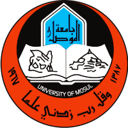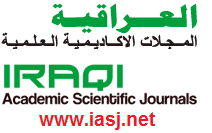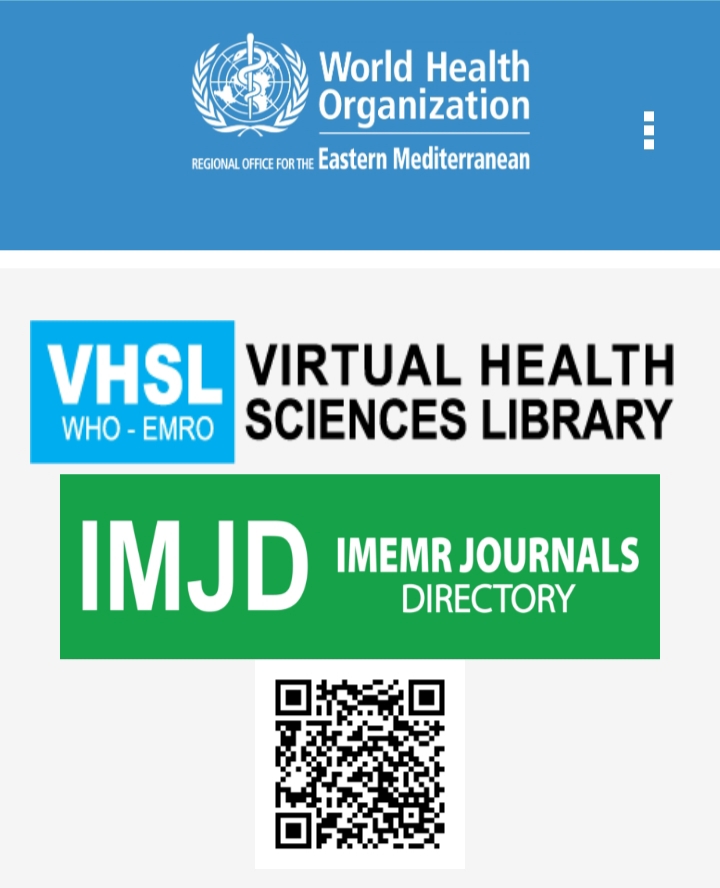Bacteriological and immunological study of aggressive periodontitis in mosul
Abstract
Aims of the study: to isolate and identify microorganisms
causing aggressive periodontitis, and to estimate the changes
in the levels of IL-1, TNF- and CRP in serum as well as to
determine peroxidase activity in saliva of patients with
aggressive periodontitis. Materials and Methods: This study
was carried out on total number of 40 (35 patients with
aggressive periodontitis, 18 females and 17 males aged
between 16-35 years and 5 control group between 20-30 years
old). Samples were taken from the lesion for bacteriological
study. Serum and saliva were collected and ELISA test was
performed. Results: The bacteriological results showed that
A. actinomycetemcomitans was the most prevalent bacteria in
aggressive periodontitis, followed by facultative anaerobic.
The serological and biochemical studies showed that
interleukin-1 was significantly elevated in the study group
while tumor necrosis factor was not, whereas peroxidase
enzyme activity and C-reactive protein were also highly
significant elevated in the study group. Conclusion:
Actinobacillus actinomycetemcomitans was the major
etiologic bacteria of this disease as well as significantly high
levels of, CRP, peroxidase activity and IL-1 could be
regarded as strong markers for more precise understanding the
immunological aspect of this disease.











